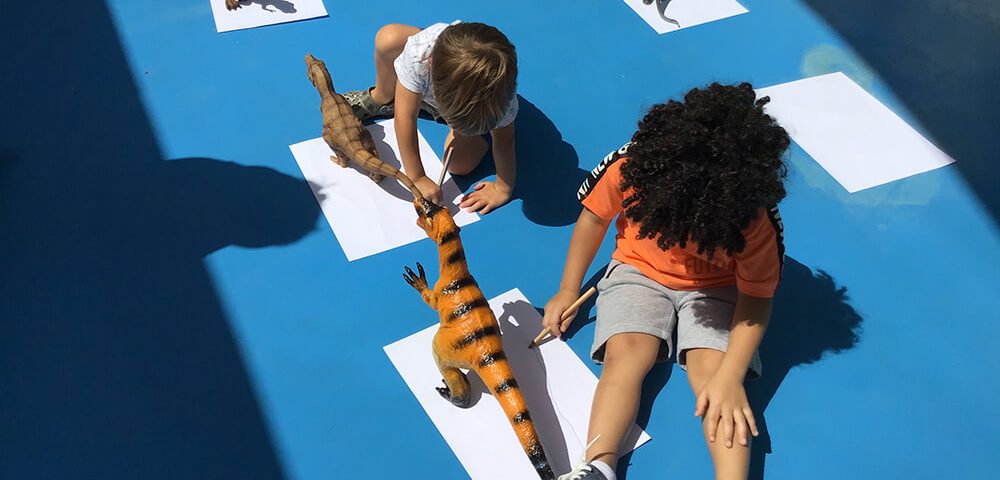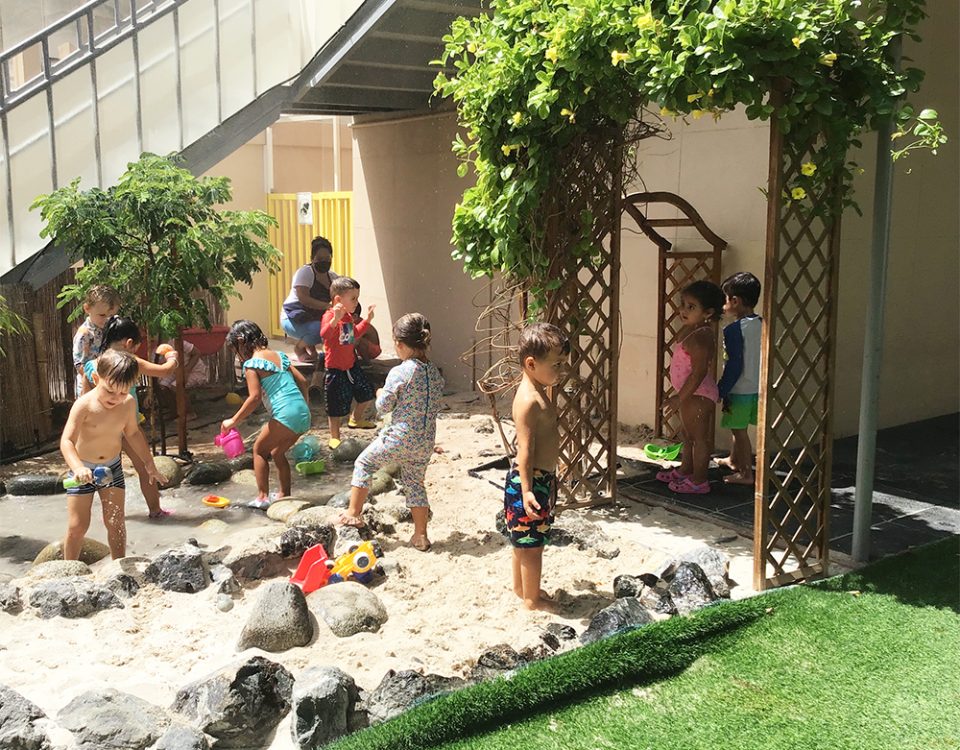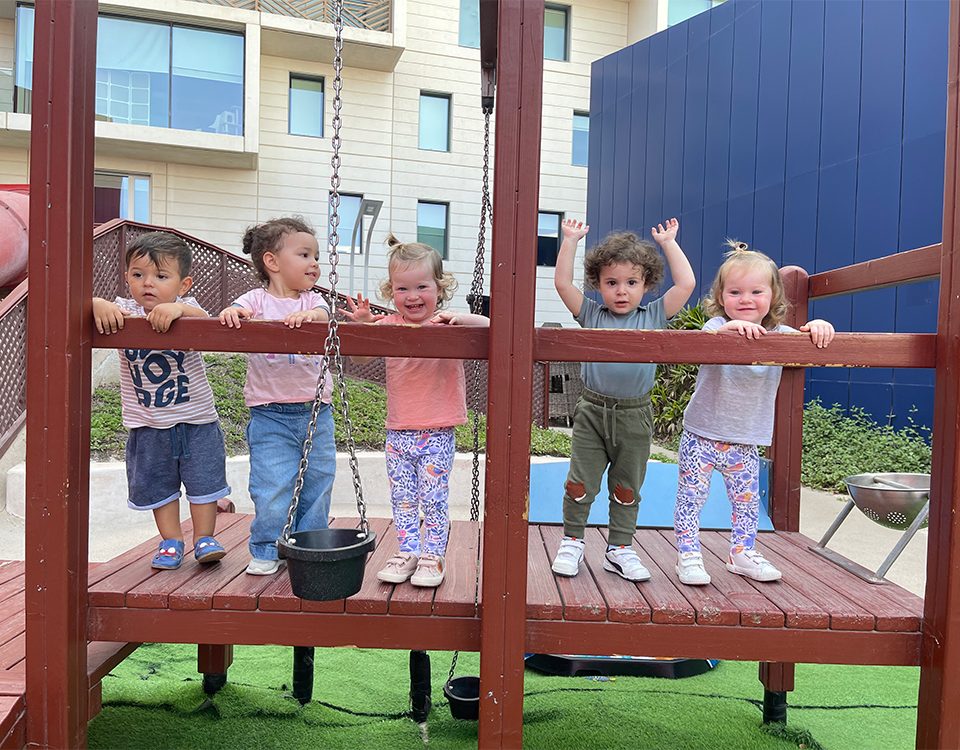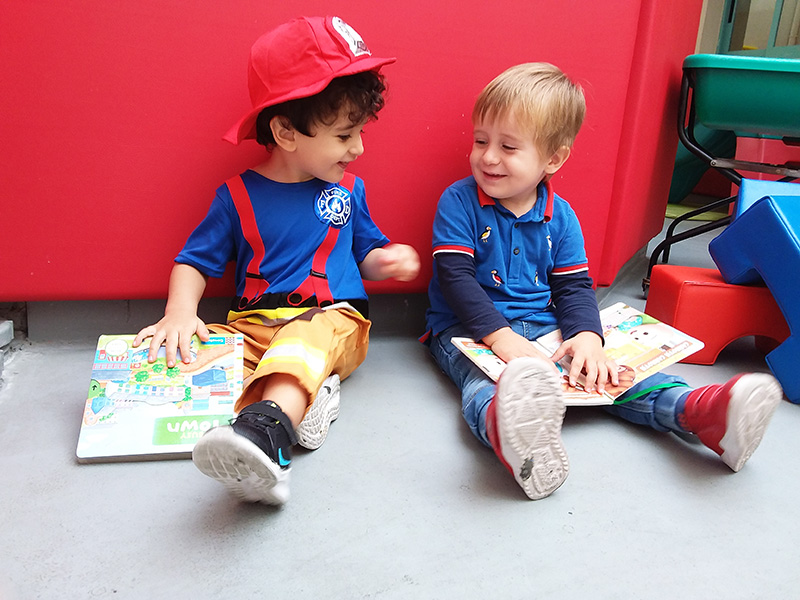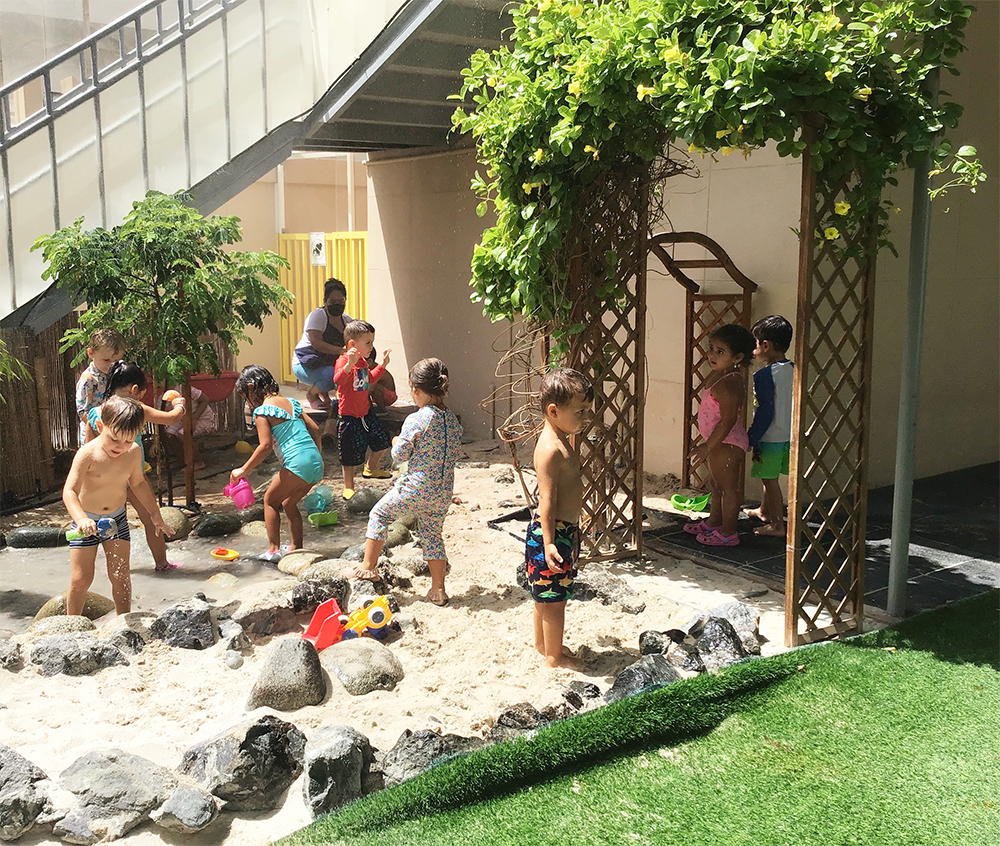


Tantrums: How should we speak to children about their behaviour?
31/05/2022Like anything to do with parenting, there are ‘fashions’ that come and go and potty training is no different.
You might have a grandma telling you that her children were out of nappies by 18 months, or a friend who’s waiting for her 4-year old to ‘tell her when he’s ready’.
In the 1950s, mums sat their tots on the potty every half hour and hoped for the best – children rarely wet themselves, as they never got too desperate, but they weren’t expected to know when they needed a wee, or to be able to go on their own. It worked because most mums were based at home.
These days, the majority of parents leave it much later, often until their child is around two to two and a half.
Many parents work, and even full-time parents often have a busy schedule, so it’s much more convenient to have your child in nappies until it becomes more likely that potty training will be quick, easy, and relatively mess-free.
However pressed for time you are, it’s a good idea not to leave it too long as some primary school teachers are reporting that more children than ever before are starting school still in nappies which is not only disruptive for teachers but can have negative implications for the child too.
Is my child ready to be toilet trained?
There’s a lot of variety in the age that parents potty train their children, because there are so many variables. Each child develops at their own rate, and there’s no way of predicting when your little one will be physically and emotionally ready.
Some children are slower to develop the ability to ‘feel’ that they need to go, and to hold it until they get to the potty or loo. There’s really no right time; you know your child best, so don’t worry about what people think or what other children are doing.
Signs your child might be ready for potty training
Your child may be mentally ready if they:
- Show interest in other people using the loo
- Want to be ‘grown-up’ and independent
- Are motivated by rewards such as stickers or a new toy
- Use words for wees and poos.
Your child may be physically ready if they:
- Can tell you they’ve done a wee or poo
- Make signals that they are doing something – grunting, making a face or stopping what they are doing
- Tell you before they do a wee or a poo
- Show you they feel uncomfortable when their nappy is full
- Are dry for an hour or more during the day – this shows control of bladder muscles (you can experiment by leaving off their nappy, if you dare!)
- Can pull their pants up and down with only a little help.
Things to consider when starting to potty train
Time of year
Some parents wait until spring, so their toddler can run around with no pants on. Great, if your toddler is ready to go and it happens to be spring, but don’t wait six months if you think they are ready, and equally don’t go for it too early just because the weather’s nice! Christmas and holidays aren’t a brilliant time, as there is a lot of excitement and your child is out of their normal routine.
What else is going on?
As with any big change in your child’s life, it’s important to avoid too much upheaval at once. If you’re moving house, start potty training well before the move, or give your child time to settle in before you begin. If you’re having a baby, the same applies: bear in mind that some children ‘regress’ when a new baby arrives, going back to babyish behaviour, and may start wetting themselves again. On the other hand, if your child is old enough to potty train before the new baby comes, it will be less work for you than changing two lots of nappies each day.
Nursery
If your child is attending nursery or playgroup, you MUST talk to the staff so you can plan for potty training together. It is really important to work in partnership for a consistent approach.
Preparing for potty training
- Once you’ve bought a potty, have it out on the bathroom floor so your child gets used to seeing it. If your bathroom is upstairs then have a second potty downstairs in a convenient corner that your child can reach easily. If that means it needs to go on carpet then put a waterproof mat or towel underneath it.
- Put some toys or books near the potty to get the child interested. They can even just sit on the potty and play just to get used to the feeling of sitting on it, without any pressure of needing to produce a wee.
- Talk about the potty with your child and about going to the toilet instead of weeing and pooing in their nappy. Try to get them enthused and excited about being big and grown up as they come out of nappies. But without pressuring them.
Beginning potty training
- If you don’t work at the weekend, try to start potty training then as you can then have two days at home to make a start.
- Your child can be in pants or no pants – it’s up to you.
- If they are playing on the floor or sofa, pop them on a towel in case of accidents.
- Put your child on the potty at regular intervals but don’t pressure them.
- Making up a funny wee wee song that you can sing together can make it fun.
- Encourage them to tell you if they need a wee.
- Keep an eye on them for signs that they might need to go and if they show signs then scoop them up and pop them on the potty.
- Remember to make a big proud fuss when they manage to go in the potty.
What doesn’t work?
Potty training under pressure – Don’t rush to get it done before a baby arrives, for example. Start potty training well in advance of the arrival date.
Shouting at your toddler or punishing them when they have an accident – Be matter of fact and calm about cleaning it up, gently remind them that they need to do their wees in the potty now, and offer lots of praise and rewards – such as stickers, little toys, or just kisses and cuddles – when they do.
Chopping and changing – If your toddler really doesn’t seem to get it, don’t be afraid to stop and try again in a couple of months, but don’t keep switching from nappies to pants every few days – it’s just confusing.
Top tips for trips
If you’re out for the whole day, bring a folding travel potty with biodegradable bags.
Washable training pants can be useful for nap times or long journeys.
And always bring spare clothes and wet bag in case of accidents.
A bit of bathroom reading
I want my potty! by Tony Ross follows the Little Princess on her journey to potty training success.
Girls’ Potty Time includes reward stickers, rhymes and real-life pictures to make potty training fun.
Pirate Pete’s Potty Sticker Book is an engaging, interactive book where your child follows Pete on his potty training journey and has to find and stick the right stickers in the book at key points in his progress.


